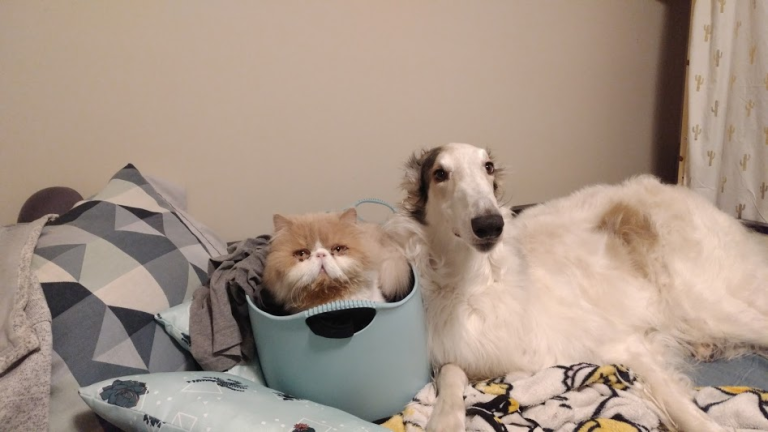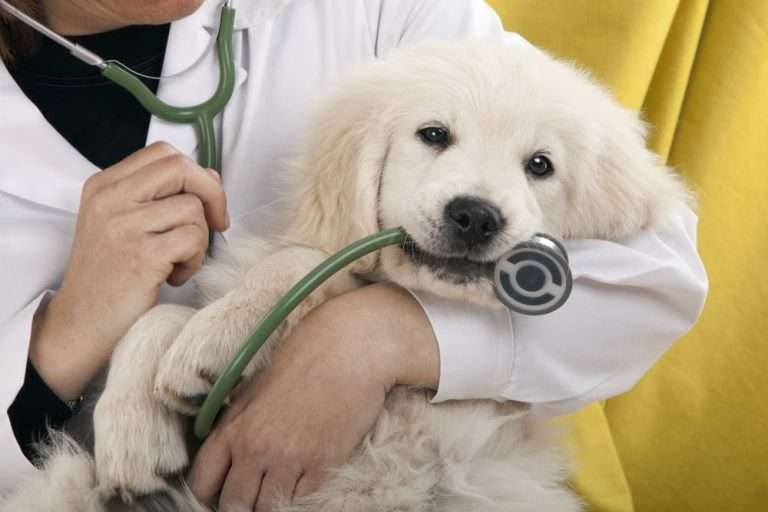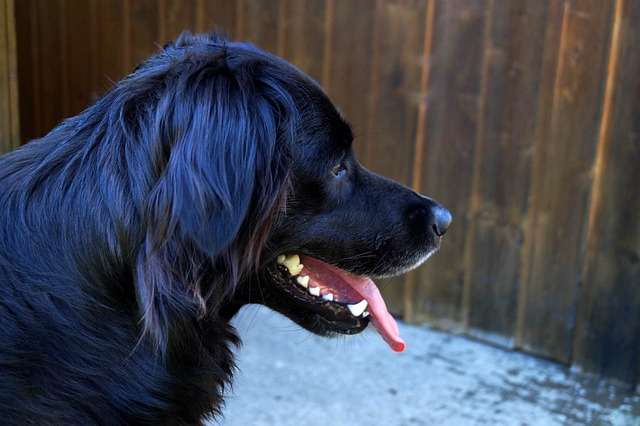Panda Pug: A Unique Breed with 5 Interesting Facts
Panda Pug dogs are an adorable and distinctive breed known for their striking appearance and gentle temperament. In this article, we will explore the history, origin, breeding, characteristics, diet, training, price, health, and interesting facts about Panda Pug dogs.
Whether you’re considering adding This dog breed to your family or simply curious about this fascinating breed, read on to discover everything you need to know.
What Are Panda Pugs/ History and Origin
This dog breed is a relatively new breed that originated in China. These dogs are a result of crossbreeding between Pugs and certain breeds known for their distinctive coat patterns, such as the Panda Chow Chow. Breeding of a pug with a Tibetan spaniel makes a panda Pug. The aim was to create a dog with the charming looks of a Pug and the unique coloration of a panda. Many people think Panda pugs are bred with panda which is not a dog mammal.
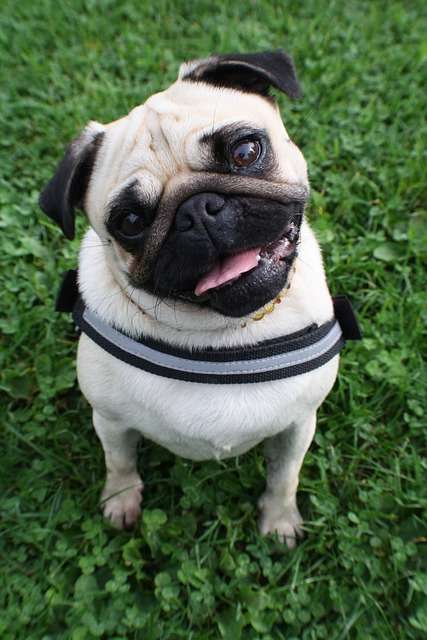
Breeding
Breeding of this dog requires a careful selection of Pugs with desirable traits and coat patterns. Responsible breeders focus on maintaining the health and temperament of the breed while striving for a characteristic panda-like appearance. Ethical breeding practices prioritize the well-being of the dogs and ensure healthy and happy puppies.
Characteristics and Appearance
Size and Weight
These dogs are small to medium-sized dogs, typically weighing between 14 to 20 pounds (6.4 to 9 kg). They have a sturdy build with a compact and muscular body.
Coat and Colors
The most striking feature of this dog is its coat, which resembles the black-and-white coloration of a panda. The coat is usually black with distinctive white patches on the face, neck, chest, and paws. However, some variations may include different shades of brown or fawn.
Facial Features
These dogs have flat, wrinkled face with a short muzzle. Their large, round, and expressive eyes contribute to their endearing appearance. They have small, folded ears that sit high on their head, giving them an alert and attentive look.
5 Interesting Facts about Panda Pug Dog
- These pug dogs are often referred to as “living stuffed animals” due to their adorable and cuddly appearance.
- They have a loving and affectionate nature, making them excellent companions for individuals and families alike.
- They are known for their playful and mischievous personalities, bringing joy and laughter to their owners’ lives.
- Despite their small size, This type of Pug dog has a surprisingly loud and distinctive snore.
- These dogs thrive on human companionship and may experience separation anxiety if left alone for long periods.
Panda Pug Images
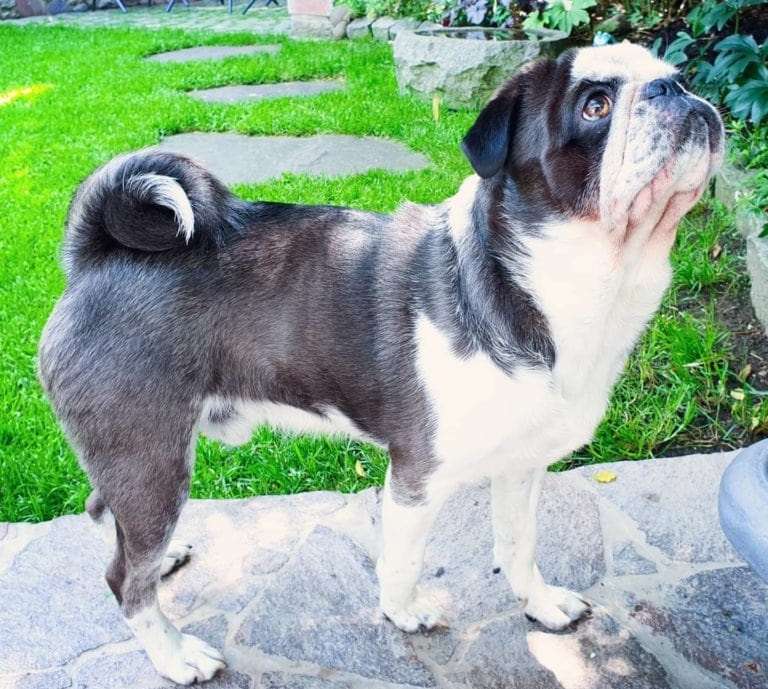
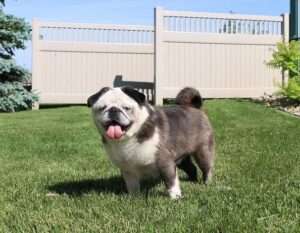
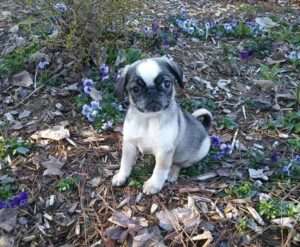
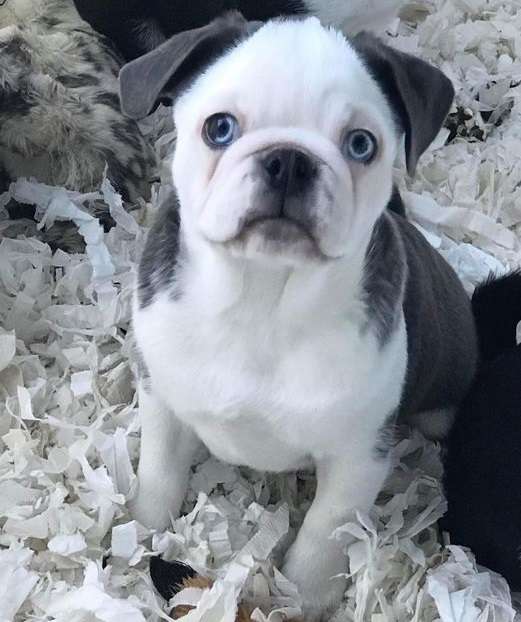
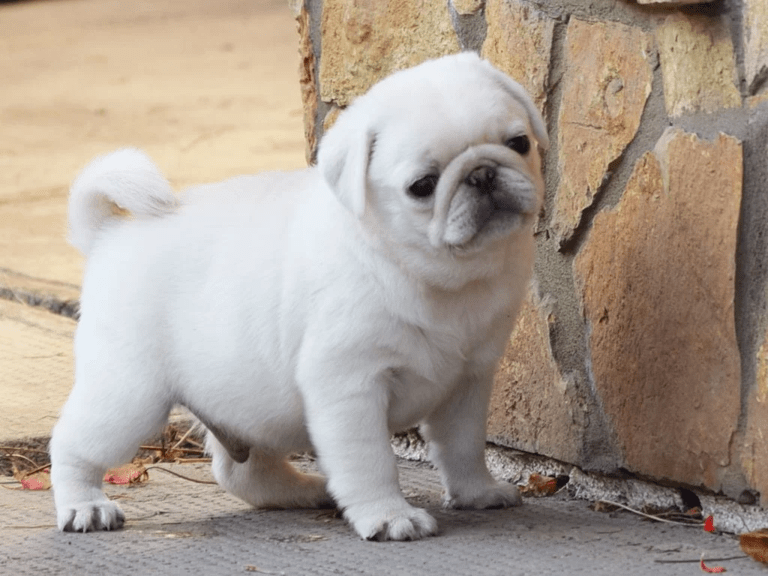
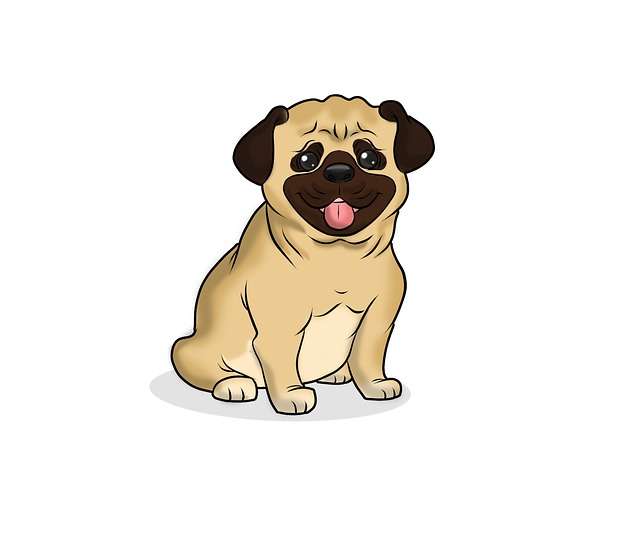
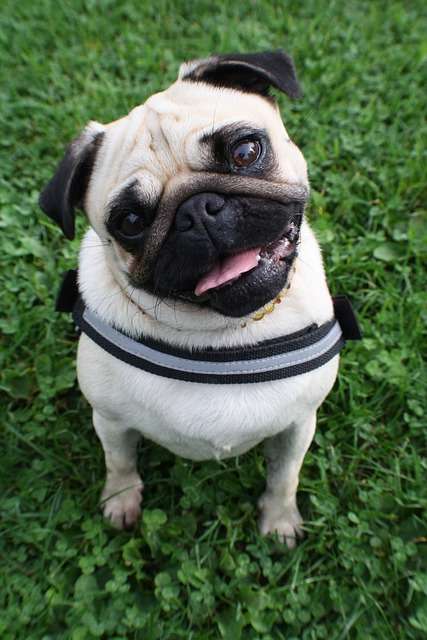
Diet and Nutrition
Proper nutrition is crucial for the health and well-being of these dogs. Here are some guidelines to ensure they receive a balanced diet:
Feeding Guidelines
These dogs should be fed high-quality dog food that meets their specific nutritional needs. It is important to follow the feeding guidelines provided by the food manufacturer and consult with a veterinarian to determine the appropriate portion sizes based on the dog’s age, weight, and activity level.
Recommended Food Types
A balanced diet for these dogs includes a combination of dry kibble, wet food, and fresh ingredients. Look for dog food that contains high-quality protein sources, essential vitamins and minerals, and limited fillers or additives. Additionally, fresh water should be available to the dog at all times.
Training and Exercise
These dogs are intelligent and eager to please, making them relatively easy to train. Here are some key points to consider:
Basic Training Commands
Start training your dog with basic commands such as “sit,” “stay,” and “come.” Positive reinforcement techniques, such as treats and praise, work well with this breed. Consistency, patience, and gentle guidance are essential for effective training.
Exercise Requirements
While these dogs are not overly active, they still require regular exercise to maintain a healthy weight and mental stimulation. Daily walks, interactive play sessions, and puzzle toys can help fulfill their exercise needs. However, avoid intense physical activities or exposure to extreme temperatures due to their brachycephalic (short-nosed) nature.
Panda Pug Dog Price
The price of these dog breeds can vary depending on several factors:
Factors Affecting Price
Pedigree: Dogs with a strong pedigree and show-quality lineage tend to be more expensive.
Breeder Reputation: Reputable breeders who prioritize the health and well-being of their dogs often charge higher prices.
Coat Color and Pattern: Panda Pug dogs with more distinct panda-like markings may command a higher price.
Average Cost
On average, the price of a Panda Pug dog ranges from $1,500 to $3,000. However, prices can vary significantly based on the factors mentioned above and the availability of the breed in your region.
Health Issues and Care
While these dogs are generally healthy, they may be prone to certain health issues:
Common Health Problems
Brachycephalic Airway Syndrome: Due to their short muzzle, these dogs may experience breathing difficulties, especially in hot or humid weather.
Eye Problems: Their prominent eyes are susceptible to various eye conditions, including dryness, corneal ulcers, and proptosis.
Dental Issues: The shape of their jaw can lead to dental problems, such as overcrowding and tooth decay.
Veterinary Care and Vaccinations
Regular veterinary check-ups, vaccinations, and preventive treatments are crucial for maintaining your Panda Pug’s health. It is essential to establish a good relationship with a trusted veterinarian who can provide guidance on vaccinations, parasite control, and any specific health concerns.
Grooming Needs
These dog breeds have a short, dense coat that requires regular brushing to minimize shedding. Their facial wrinkles should be cleaned and dried to prevent skin irritations. Additionally, regular teeth brushing, nail trimming, and ear cleaning are important parts of their grooming routine.
Panda Pug Puppies
Breeding and Litter Size
These dogs have an average litter size of around 3 to 5 puppies. Breeding should be done responsibly, and potential owners should only obtain puppies from reputable breeders who prioritize the health and welfare of their dogs.
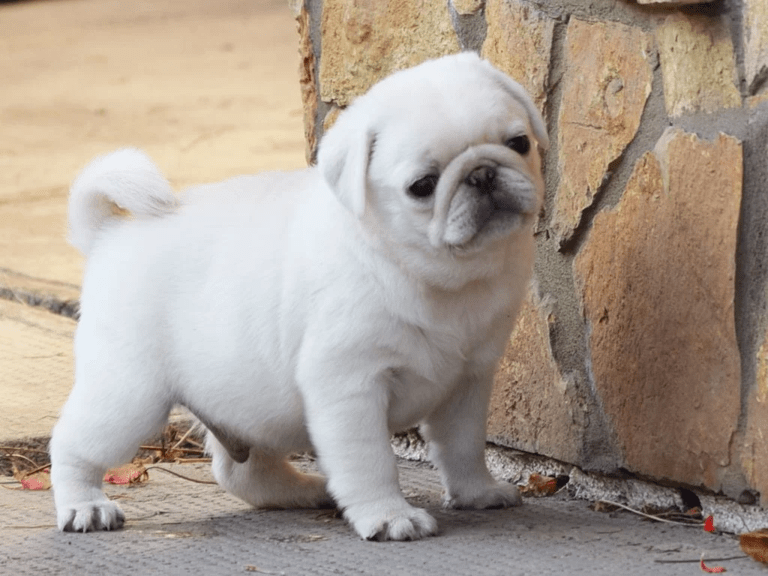
Puppy Care and Socialization
Proper care and socialization are crucial during the early stages of a puppy’s life. Providing a safe and nurturing environment, along with positive interactions with humans and other animals, helps them develop into well-adjusted adult dogs.
Conclusion
These dogs are a unique and delightful breed that captures the hearts of dog lovers worldwide. From their captivating appearance to their friendly and affectionate nature, they make wonderful companions for individuals and families alike. By understanding their history, origin, breeding, characteristics, diet, training, price, health, and interesting facts, you can appreciate the charm and joy that dogs bring to our lives.
FAQs
Are Panda Pugs Purebred?
These dogs are not recognized as purebred breeds. They are a result of crossbreeding between Pugs and certain breeds known for their unique coat patterns, such as the Panda Chow Chow.
Are Panda Pugs Rare?
Yes, These dogs are considered rare due to their distinctive and eye-catching appearance. Their panda-like markings make them stand out among other dog breeds.
How Do You Get a Panda Pug?
To get this dog, you can reach out to reputable breeders who specialize in breeding and producing these unique dogs. It’s important to do thorough research, ensure ethical breeding practices, and choose a responsible breeder.
How to Make a Panda Pug?
Creating this dog involves intentional breeding between a Pug and a breed known for its panda-like markings, such as a Panda Chow Chow or Tibetan spaniel. However, breeding should always be done responsibly and with the well-being of the dogs as the top priority.

